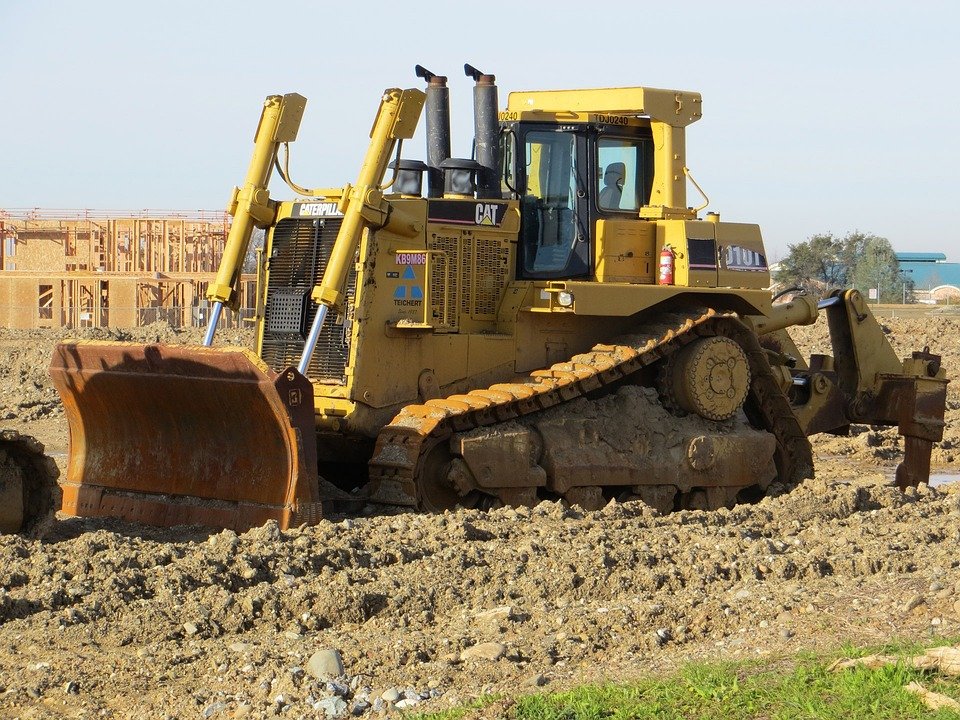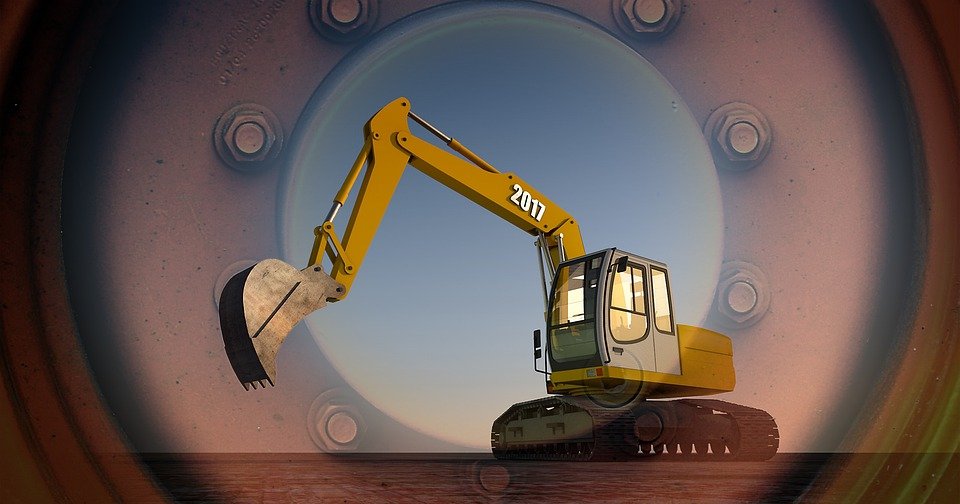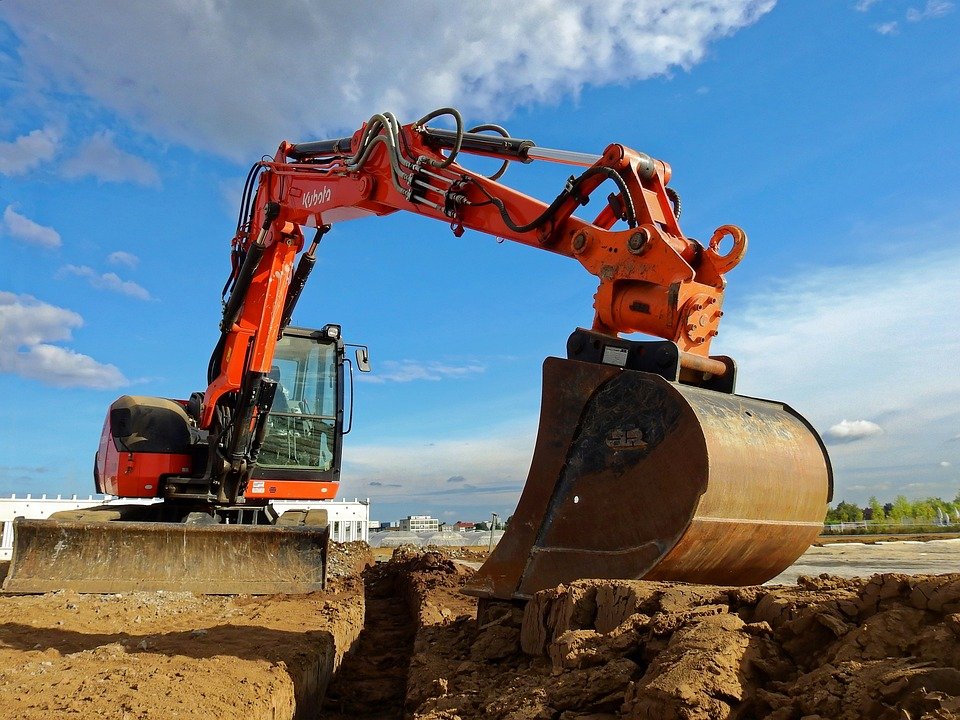[ad_1]
The Basics of Foundation Excavation: What You Need to Know
Foundation excavation is an essential element of any building project, from residential homes to commercial developments. Excavation helps create the foundation of a structure and is critical to the safety and stability of any building. Knowing the basics of foundation excavation is important to ensure that the job is done properly and that your building is as secure as possible.
Why Is Excavation Necessary?
Excavation is necessary to build a sturdy foundation for any structure and is typically done prior to construction. Excavation is essential for a number of reasons, including:
• To create a solid foundation for a building or structure.
• To protect the underlying soil from damage or erosion.
• To create a level surface for construction.
• To provide access to utilities, such as water and sewer lines.
Without excavation, it would be nearly impossible to build a stable and secure structure.
Types of Excavation
There are various types of excavation depending upon the nature and scope of the project. Some of the most common types of foundation excavation include:
• Topsoil Removal: This type of excavation involves the removal of the top layer of soil to prepare the area for construction.
• Deep Excavation: This type of excavation involves digging deep into the ground to create a foundation for the building or structure.
• Shoring: This type of excavation involves installing supports or “shores” to reinforce the foundation of the building or structure.
• Demolition: This type of excavation involves the removal of existing structures or materials to prepare the area for construction.
The Excavation Process
The excavation process typically begins with an excavator arriving on site and beginning the excavation. The excavator will then use a variety of tools, such as shovels, picks, and jackhammers, to dig and remove soil. The excavator will then use a variety of machines, such as bulldozers, loaders, and backhoes, to move the soil and other materials away from the area.
Once the excavation is complete, the area will be leveled and prepared for construction. The excavator will also inspect the area to ensure that it meets all safety requirements and that the foundation is as secure as possible.
Safety and Regulations
Excavation is a dangerous process and it is important to ensure that all safety regulations are followed. Excavators must be trained and certified in the proper use of excavation equipment and must follow all safety protocols. It is also important to ensure that all local, state, and federal regulations are followed when conducting excavation.
Conclusion
Foundation excavation is an essential element of any building project. Knowing the basics of foundation excavation is important to ensure that the job is done properly and that your building is as secure as possible. It is also important to ensure that all safety protocols are followed and that all local, state, and federal regulations are followed when conducting excavation.
[ad_2]










